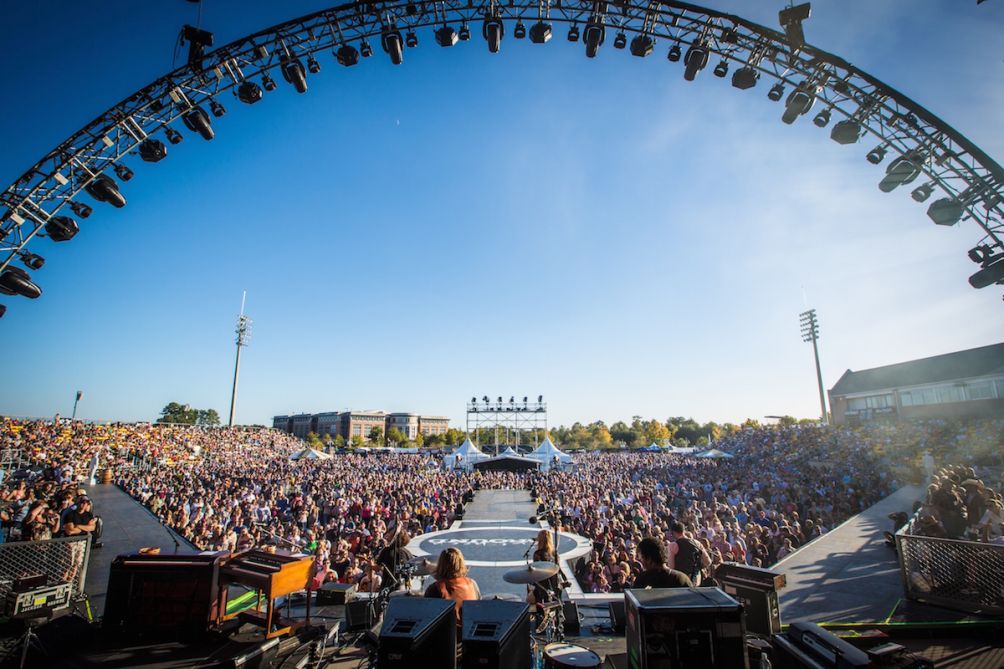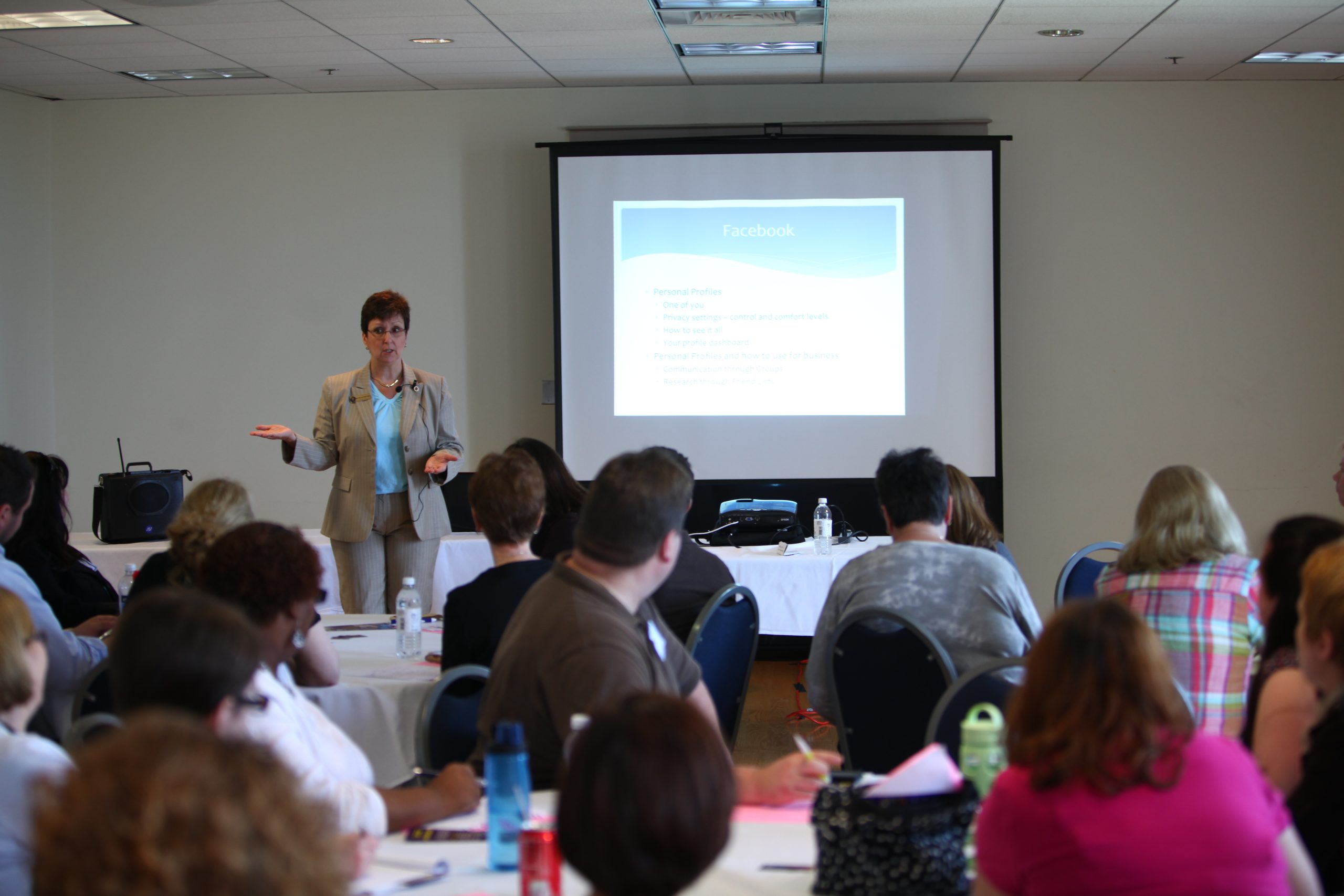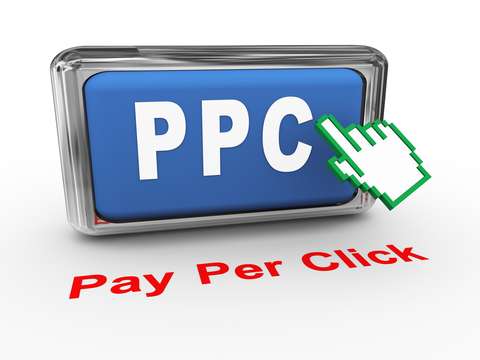After doing significant market research, you have decided to move forward and develop a new concert venue or music festival. The next question is what you can afford to build and whether it will provide a solid return on your investment. A detailed financial model (or pro forma) must include all revenues and expenses and, in turn, anticipated profit and return on required capital.
Although the concert industry is one of the most vital segments of the music industry, concert venues, music festivals and promoters are shuttered every year due to poor financial performance. As live music consultants, we spend as much time as possible on the numbers to derive a realistic view of the venue’s potential. There are lots of revenue and expense lines to analyze, but here are a few critical things to consider.

- Three top line metrics drive the entire business. These include the total number of live events you plan on presenting, the total number of paid admissions (ticket sales) and total attendance including complimentary admissions (“comps”). Most revenue and expense lines are impacted by these drivers directly or indirectly. So, if any of these key assumptions are incorrect, the balance of the model will follow and be wildly off the mark. It’s not a surprise that more events plus more patrons equal greater revenues. However, not all revenues and expenses are created equal for the venue or festival operator and it’s all about margin.
- But before we attack margins, an important, but often misunderstood issue is the difference between paid admissions and total attendance. The latter is simply the sum of paid admissions plus the projected number of redeemed comps. We often hear folks question why we would project giving out comps at all since they want to believe that the venue or festival will sell out every event, but they don’t. As professional venue management companies know, if the seat would otherwise be empty, comps allow you to get more fans into the house who will spend money on parking, food and beverage, and merchandise. And the sponsors and artists also understand that more people in the house means greater exposure for their respective brands.
- Now, as for those margins. It’s interesting that venue operators, promoters and industry trades always judge the success of a show in terms of gross ticket sales. While ticket sales are one of the key drivers, from the perspective of the venue operator and promoter, most of that revenue is eaten up by expenses including talent, operations, marketing and production. When you do the math, the ticketing revenue will be the largest number on the pro forma with one of the lowest margins for the venue operator. So, it’s absolutely imperative to not underestimate these costs or your projections will be unrealistic.
- Having said that, the venue still wants to generate as many ticket sales as possible in order to allure the very best headline talent and pay for the show costs described above. In addition, the venue does take the lion’s share of some valuable revenue streams which are tied directly to ticket sales such as ticketing fees (also referred to as convenience fees and ticket surcharges), parking when charged on the ticket, and venue rent if charged against the show.
- So if ticket sales aren’t the main driver for the venue in terms of shared revenue, where do venues make the most money? On revenue streams which are not shared with artists and have the lowest cost of sales (i.e. the cost of goods and vending expense paid to third party vendors). The big winners include sponsorship fees and revenue from premium seating programs, food and beverage, and ticketing and parking fees as noted. Merchandise like ticket sales revenue is offset by artist share and vending expense leaving a small amount for the venue.
These are just the basics and there are many variations. For example, a club operates differently than an arena, and a venue operator may also be the promoter and not simply a landlord for the night changing the risk profile and potential yield. And, of course, the venue’s level of profitability will change based upon the experience of its venue management.













